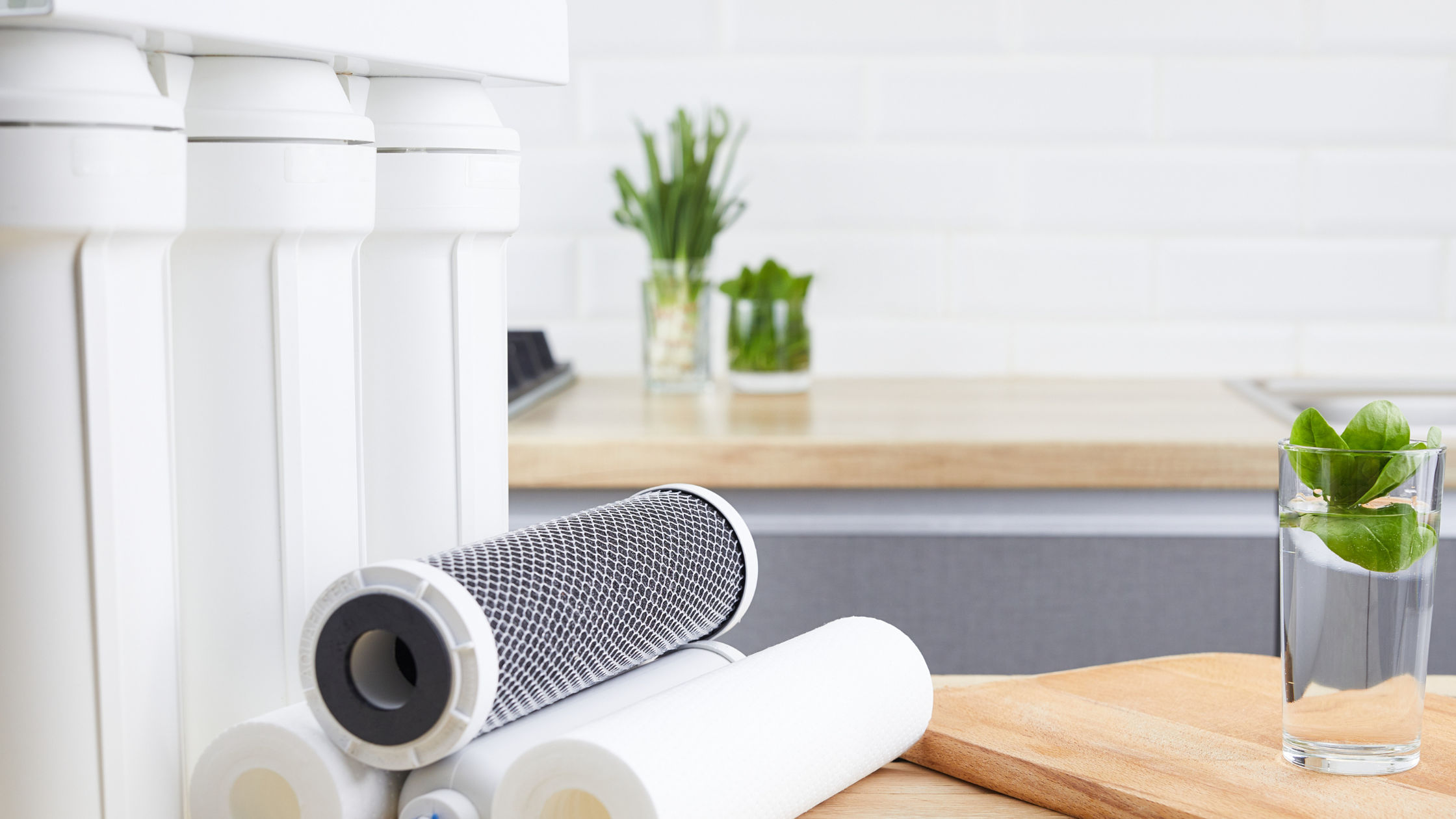So hopefully now that we have a better understanding of mobile storage, we can begin to formulate a backup plan for your device(s). In the last post we discussed defining our personal use-case and allowing that to inform our backup strategies. Hopefully by talking about some of the different solution types including the cloud(iCloud for iOS), personal computer, and external storage, we have helped you to understand that there are several options to choose from. Depending on your comfort level with technology, you might be in different places when it comes to formulating a backup strategy. You might be at step 1, meaning you simply need to start formulating a plan or you might already have a mutli-layered approach in place. Regardless of where you fall, it is a good idea to start documenting this plan, having the details of where everything is store in case of emergency.
Exploring iCloud Options
If you have yet to start, then it might be a good idea to take a look around your device settings to see what iCloud is and what it has to offer you. This can be done by going to your settings and then look towards the top for your picture followed by your name. Tapping on your name will take you to another screen filled with more options regarding your iCloud account. Now do not be confused if you see this referred to as your Apple ID. For the majority of people, these are the same thing. In the iCloud or Apple ID screen, you will be greeted with your photo, your name, and an email address. Below this you will see a table or list of options. If you look about halfway down this list you will see a cloud icon with the work iCloud next to it. Tapping on this option will take you to the details of your iCloud storage options. Here you will be able to see what you are currently backing up and how much storage you are currently utilizing. More details on this in future articles.
Mulit-layered What?
If you have already setup iCloud and know just what you are backing up, then you might be wondering what else there is to do? Isn’t iCloud enough? And while something is definitely better than nothing, simply utilizing iCloud does not cover all of your basis. Do not get me wrong, I love and appreciate all that iCloud does for me. Sure, most of the time it will do what you need it to do, but it is the other part, the unknown part of this where a layered approach will serve you better than iCloud alone. If you are like most humans I know, you take photos or love to look at photos you store on your iPhone. You love your photos and you never think much about losing them because you…well..you setup iCloud. And the cloud saves it all, right? While I would tend to say yes in most cases, iCloud would serve all of your needs, I cannot say it does 100% of the time. It is technology which is made by imperfect humans and thus iCloud is not perfect.
The Case For Plan B
Think about your photos. It is likely that you store important, non-replaceable memories on your iPhone. Maybe its from your cousin’s legendary birthday party, your son or daughter’s birth or your own wedding photos, I think we can all agree these photos are sacred. As with anything sacred, we want to be sure that we have a near full-proof backup, so that if the worst happens to your iPhone, you will easily be able to recover all of those precious memories just as they were before, right? Then think about iCloud backup as plan A. What happens if plan A fails? Then we can begin to see the need for a plan B. Everyone should be so lucky as to have a plan B if plan A fails you.
Plan B – Beyond Your iCloud Backup
So a plan B does not just happen. You did the responsible thing and setup iCloud which is awesome! Your future self thanks you. The bad news is that a plan B will take more effort than iCloud currently does. What does a plan B look like, you ask? Well, that depends. It depends largely on you. Your backup could mean that you plug your iPhone into your computer once a month and offload(fancy word for transfer) your photos onto your computer or an external hard drive plugged into said computer. This is but one option. Another might be one of those thumb drives which happen to have a plug for your iPhone. Which one is better, you ask? Whichever one you will take the time to do on a regular interval. Not trying to be snarky here. 😉 It is only good if you take the time to use it. This is the key for plan B.
One More Thing
Now I realize that many of you might not like me much right now because I just told you there’s “one more thing” you need to do to protect your data on your beloved iOS device and its data. I get that. No hard feelings. I understand that change is hard and that many of you might still be struggling with the whole iCloud thing to begin with. Now I have just gone and burst your bubble. I am sorry for that, but I hope this will pay off for you later. The time when you go to buy a new iPhone and your iCloud backup just won’t finish installing on your shiny new iPhone 15 or whatever it is called. This day is why I am writing this article.
Oh, What a Day
The day when all of the photos of your food, your screenshots, the stuff you wanted to remember, but do not know why now…these photos restore just fine, but the ones of your wedding just won’t seem to restore. You have tried to restore it three times and the Apple Genius, this kind soul, does not know what else to do to help you. This is the day I hope never comes to fruition for you. But if it does, my hope is that you have a plan B for those photos.
It Is Time to Work On Plan B
Now, this is just one part of the equation. I chose photos because that is perhaps the most precious data we store on our iPhones. There are and there will be other types of data which might need another layer of protection. I’ll leave that data for another article. My challenge for you is to identify and implement your plan B. I am working on mine, yep you heard me. I know what to do, but I too have to put in the work just like you. So GO! Go figure out your plan B.


